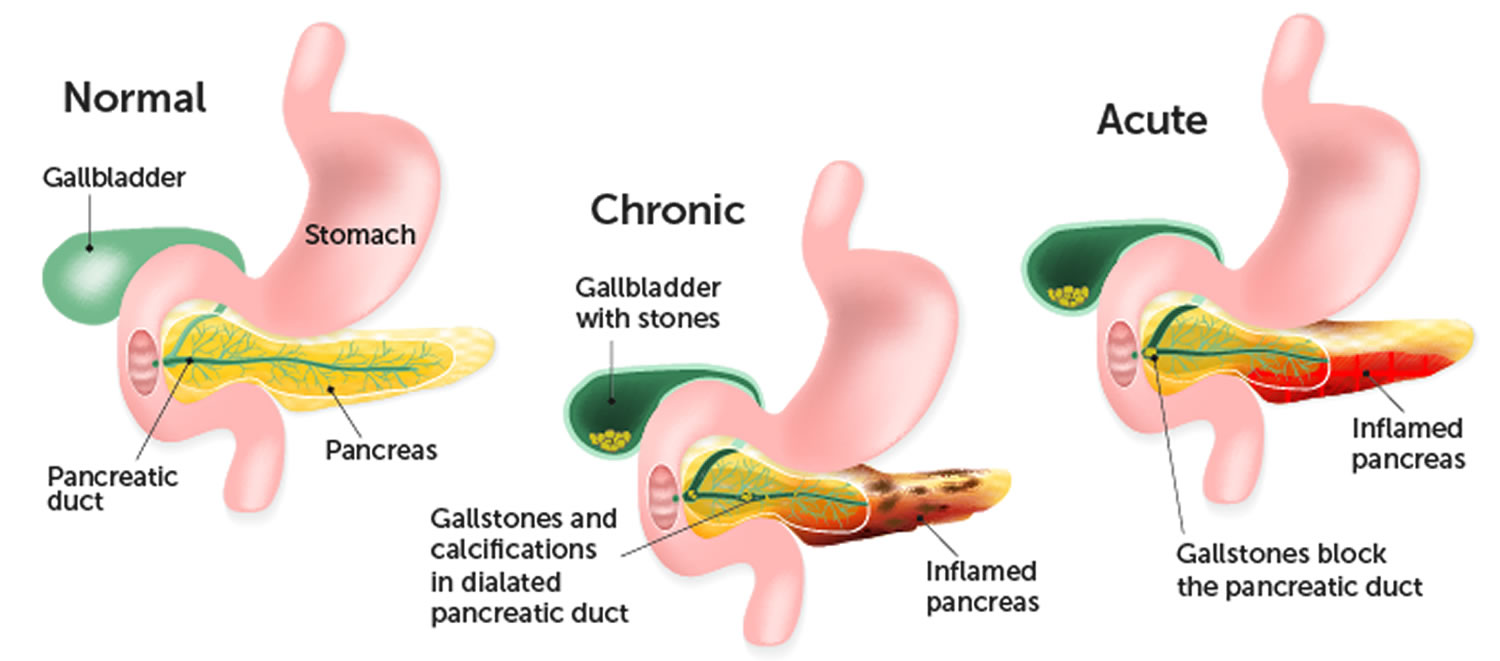
Where is the pancreas? That question has plagued people since the beginning of time. If you have ever been diagnosed with diabetes or any other health condition, it is likely that you have asked yourself, "Where is the pancreas?" There are actually many answers to this question.
Pancreas is actually one of the largest organs of the body. It is a long, flat organ covered with a thin layer of fat. It is surrounded by small intestines, liver, gall bladder and spleen. The head of the pancreas is actually located on the left side of your abdomen. The right and left ends of the pancreas are attached to the diaphragm and are known as the duodenum and the pancreas respectively.
In order for your pancreas to work properly, it must first be able to detect glucose in the blood. Glucose is the main sugar in your blood that is used for energy production. When it does not receive glucose it will produce glycogen which is also known as a carbohydrate. This process continues until your pancreas produces sufficient insulin to transport glucose into the cells.
This is the main reason why many people experience the inability to control their glucose levels. It is also the reason why some people develop kidney diseases, heart disease and even cancer.
The pancreas produces two main types of hormones that regulate insulin production. One is the glucagon. Glucagon stimulates the pancreas to secrete insulin to allow glucose to enter the cells. Glucagon is then stored in the liver. The other hormone is the leptin, which inhibits the production of glucose from the liver by causing the cells to produce less insulin.
Because of the pancreas being so important to the body, it is often found in places like the lower abdomen, around the belly button and inside the intestines. This is because the pancreas also secretes insulin. However, this secretes insulin in very small amounts.
There are also some conditions that can cause the pancreas to shrink. If the pancreas has a tumor, it could become very small. When you are diagnosed with pancreatic cancer, doctors may remove the entire pancreas. Some tumors are so large that the doctor cannot remove it. Other causes of shrinkage may include disease, surgery, radiation therapy, trauma and age.
If you have diabetes, there are many different tests you can take. You can take a blood test. Your doctor will test your urine for insulin level. He will also test your skin cells for insulin.

In a diabetic pancreas, the pancreas contains an enzyme called exine. It is a complex enzyme that breaks down complex carbohydrates found in foods that humans eat. When this enzyme is not functioning properly, the glucose in the bloodstream of the pancreas cannot break it down.
The glucose that is not broken down is transported to the liver, where the complex sugars are converted to glucose. The problem arises when the liver is unable to convert this glucose into energy. If you have type 2 diabetes, your liver will produce too much sugar. If you have hypoglycemia, the liver does not process glucose.
If you have diabetes, your doctor may ask you to measure your blood sugar. Your doctor may use this test to determine where the pancreas is. If you have diabetes, your doctor will tell you when is the best time to take insulin, when you need to increase your dose, and when you should take your medication. You can select a medicine and supplements for people with diabetes on the website https://obatklg.co.id/.
You may have an x-ray of your pancreas. Your doctor may ask you to do this, or he may prescribe it for you. Your doctor will give you a needle with a small tube attached to it.
The doctor inserts a needle into the area of the pancreas. He then inserts the needle into a part of the pancreas called the bile duct. The x-ray will show where the pancreas is.
After the x-ray, your doctor will let you know the results. The x-ray can tell where the pancreas is, but only to a certain degree.
About the author